Floribundas are a type of Modern bush rose that mass produce their flowers in clusters of three to six per stem.
They erupt into a sheet of colour in June and flower almost without taking a breath until October.
They range between patio sizes around 60cm tall, and a hedge-worthy 2m, so they can be used to plump up most parts of a border.
Floribundas, or Spray Roses, are mostly intended to be enjoyed on the bush: it is not that they are bad cut flowers, but other roses like Hybrid Teas are so much better!
Browse the rest of our rose varieties.
Pot grown stock uses peat free compost wherever possible.
Bareroot roses are grown on heavy clay in a well drained site (heaven for rose roots) and lifted to order.
- Order now, pay later: we don't charge your card until before delivery
- When your order is ready: your mail order rose bushes are delivered by next working day courier (not the next working day after ordering!)
- Friendly support: if there is anything wrong with your plants when you inspect them, Contact Us within 5 working days
All bareroot plants are covered by our Refund Guarantee, so you can give them a whirl with complete confidence.




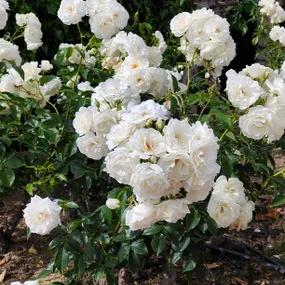
 1.webp)
 1.webp)
 1.webp)
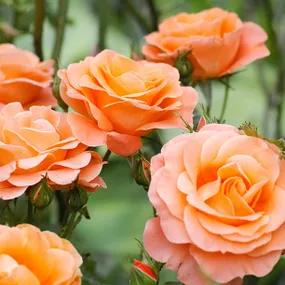
 2.webp)
 1.webp)
 1.webp)
 1.webp)
 1.webp)
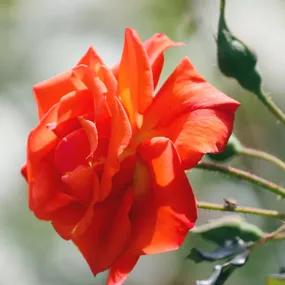
 2.webp)
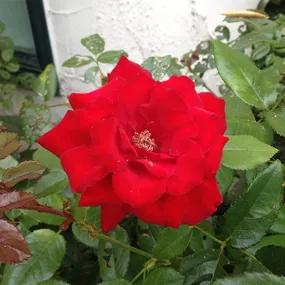
 1.webp)
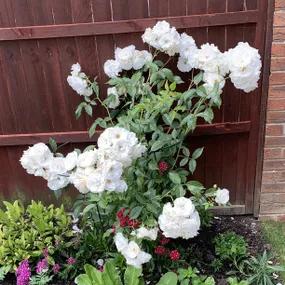
 1.webp)